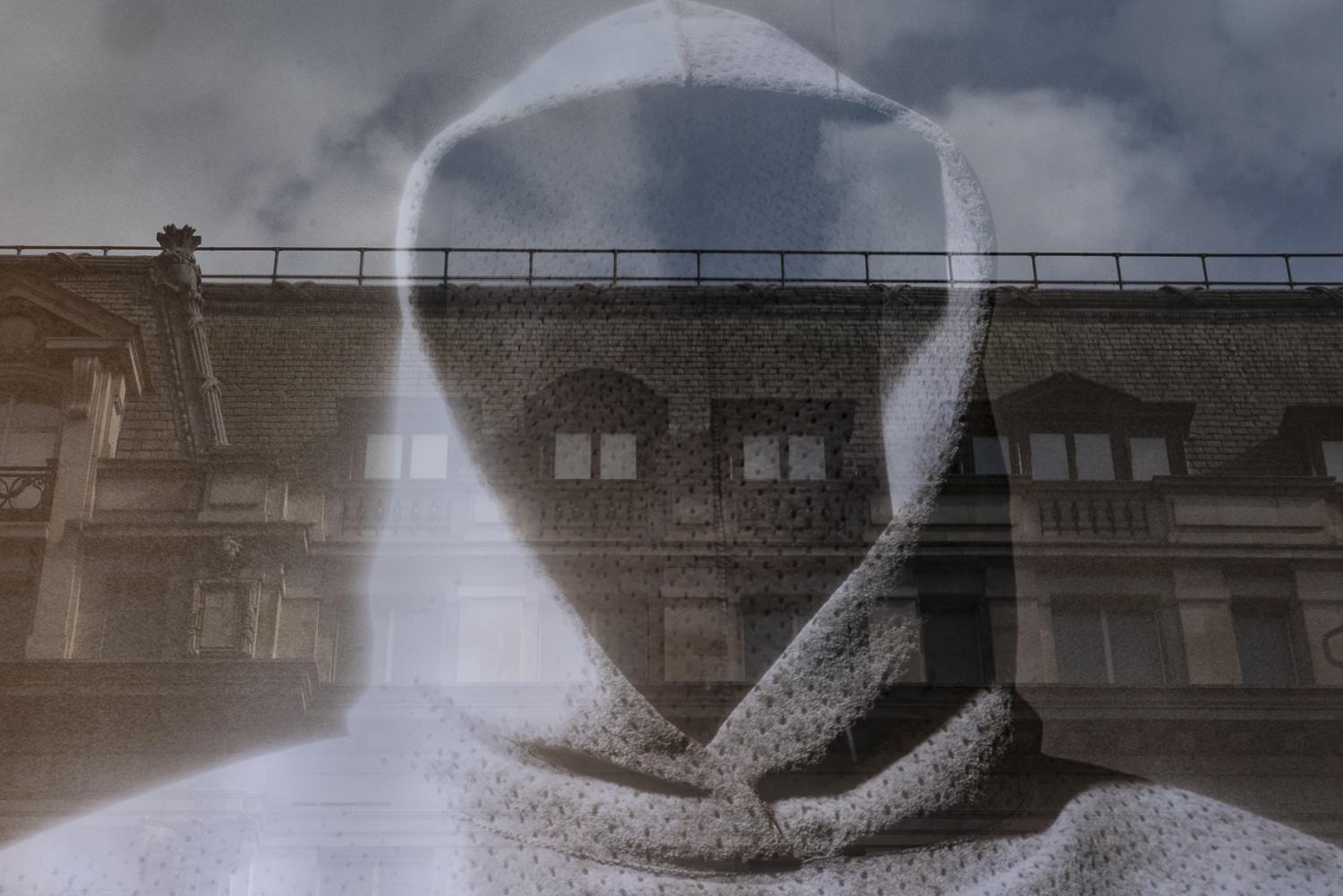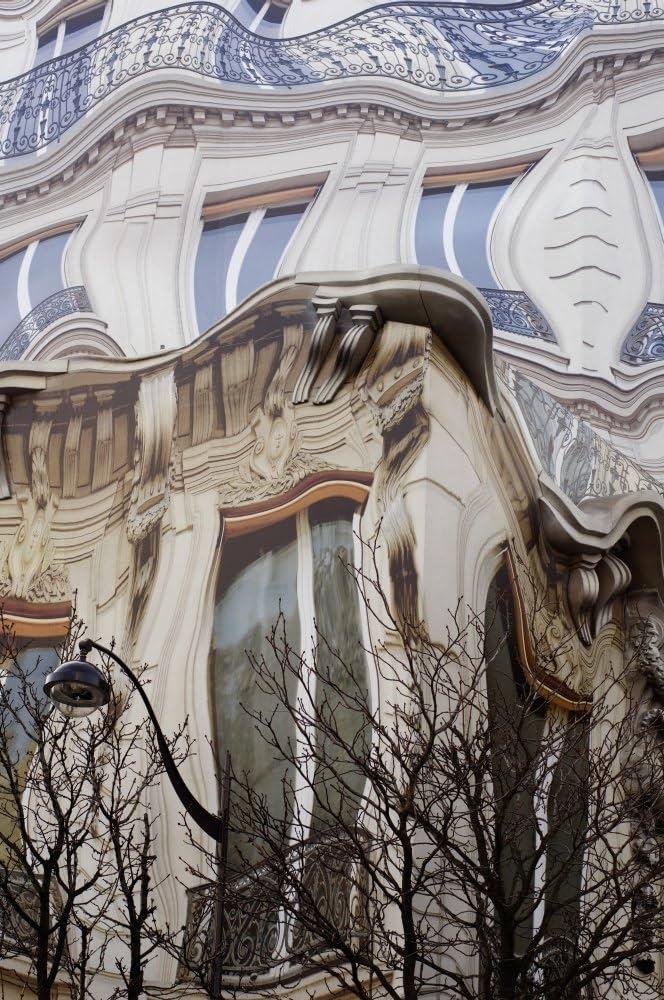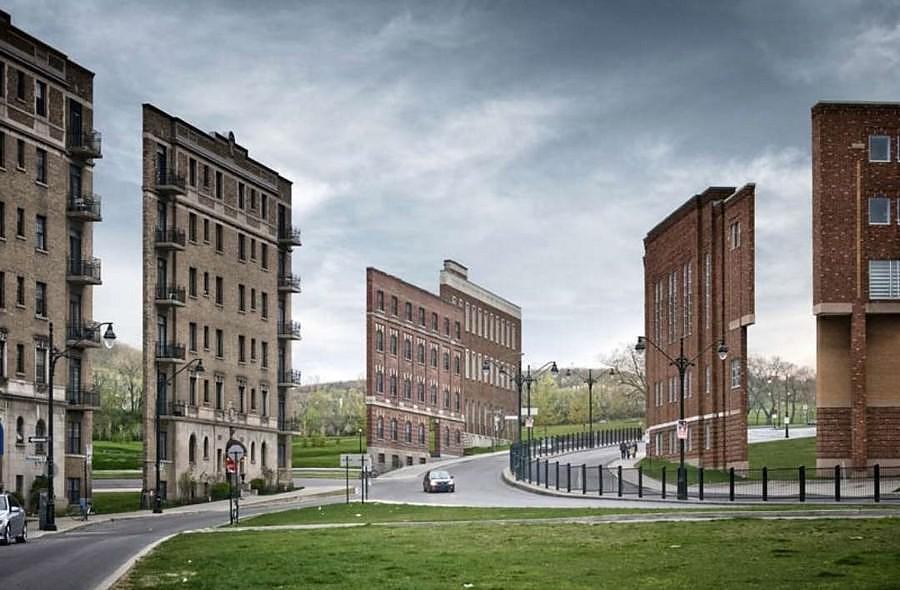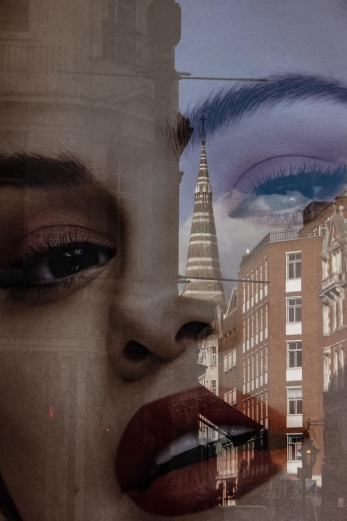The Allure and Artistry of Strip Club Exteriors
The exteriors of strip clubs across America serve as both a canvas and a statement, embodying a complex relationship between entertainment and artistry. From neon-lit marquees to elaborate murals, these facades draw in curious onlookers while simultaneously challenging social norms. In cities like Las Vegas and Miami, where flamboyance reigns supreme, the club entrances are designed to entice and seduce, marrying striptease with theatrical experience. Bold colors and intricate designs create an atmosphere that promises more than just a performance; they invite patrons into a world where fantasy and reality blur. Here’s what makes these exteriors noteworthy:
- Neon Lights: A vivid symbol of nightlife, creating an electric ambiance.
- Themed Architecture: Often reflecting the identity of the city or the club’s unique persona.
- Artistic Signage: Hand-painted or digitally crafted signs that showcase daring designs and names.
- Landmark Status: Some facades become iconic, drawing tourists and locals alike.
As one strolls past these establishments, it becomes evident that the allure of a club’s exterior is not merely about attracting patrons; it’s about crafting a narrative that invites exploration into the nuanced realm of adult entertainment. In urban landscapes peppered with industrial and commercial architectures, the vibrant facades of these clubs stand out, offering a juxtaposition between the mundane and the surreal. Their dazzling displays and thematic elements highlight a paradoxical beauty, one that celebrates freedom and self-expression. Notable features that contribute to this aesthetic include:
- Interactive Elements: Some clubs incorporate elements that engage pedestrians, such as graffiti art or interactive installations.
- Seasonal Decor: Many establishments change their exterior decor to reflect holidays or local events, keeping the experience fresh.
- Ambiance Design: Landscaping and outdoor seating areas that enhance the overall sensory experience.
- Cultural References: Incorporating local culture or historical motifs into the design strengthens community ties.

Decoding the Iconography: Symbols and Themes in Club Design
Each strip club, with its unique exterior, serves as a canvas for an intricate interplay of cultural symbols and themes, inviting patrons into a world that blurs the lines between reality and fantasy. The architecture often features bold neon lights, provocative signage, and elaborate facades, all designed to capture attention and evoke curiosity. The use of vibrant colors and extravagant design elements creates a sense of allure, enticing passersby while simultaneously reflecting the urban vibrancy of the surroundings. Beyond aesthetics, these elements often carry deeper meanings, symbolizing freedom, rebellion, and the escapism sought by many in nightlife. The playful juxtaposition of classically inspired motifs with surreal modern art points to a cultural commentary on the duality of desire and restraint that exists in contemporary society.

Inside the Industry: Success Stories from Unique Establishments
The world of strip clubs in America is as diverse as it is enigmatic, boasting an array of establishments that stand out not just for their performances but for their iconic facades. From the opulent palaces of pleasure in Las Vegas to the gritty, yet alluring venues of New Orleans, each strip club tells a story that reflects the culture and creativity of its locale. These unique facades serve as both a beckoning signal to potential patrons and a canvas for artistic expression, merging sexuality with architectural innovation. Successful venues have capitalized on their distinctiveness to build a brand that attracts both locals and tourists alike.
Among the most notable examples are clubs that have taken themed environments to the next level, creating immersive experiences that challenge the conventional image of adult entertainment. Establishments featuring:
- Retro diners, evoking the nostalgia of America’s golden age
- Gothic elements, transforming the nightlife scene into a dark, seductive playground
- High-tech aesthetics, with neon lights and digital displays emphasizing the modern twist on traditional striptease
These creative approaches to design serve not only to entice visitors but also cultivate a sense of community among regulars. The imaginative and often surreal facades invite reflection on the cultural metamorphosis of strip clubs, blurring the lines between entertainment and art in a way that encapsulates the spirit of America itself.

Creating an Experience: How Ambiance Influences Patron Perception
The landscape of America’s strip clubs is an intricate tapestry of sensory experiences that stretch far beyond the performers themselves. As patrons cross the threshold, they are enveloped in an atmosphere meticulously crafted to elicit emotions and enhance the escapist allure of the venue. Whether it’s the seductive glow of neon lights or the pulsating bass of the music, each element plays a crucial role in shaping the overall experience. Key components of this ambiance include:
- Lighting: Varied and dynamic, it sets the mood—soft for intimacy or bright for high energy.
- Decor: A blend of opulence and grit, the decor often mirrors the fantasy patrons seek, evoking themes of luxury or urban realism.
- Soundscapes: From the rhythm of sensual music to the soft murmur of conversations, every sound contributes to the space’s character.
Such thoughtful curation of ambiance can drastically influence a patron’s perception and engagement. It not only dictates their level of comfort but also plays into their expectations of escapism. The surreal facades of these establishments provide a welcome distraction from the mundane realities of life. Clubs that excel in creating an immersive experience tend to foster a unique sense of community, where patrons feel a connection not only to the performers but also to one another. In essence, the ambiance transforms what could be a mere transaction into an unforgettable adventure, highlighting the artistry involved in this industry.
As we emerge from the vibrant yet often misunderstood world of America’s strip clubs, it becomes clear that these establishments are more than mere venues for entertainment; they are complex reflections of cultural dynamics, economic realities, and human psychology. The surreal facades that adorn these spaces not only captivate the eye but also serve as symbols of the varied narratives—of empowerment, escapism, and taboo—that permeate contemporary society.
In an era where discussions about sexuality, agency, and representation have entered the mainstream, the strip club stands at a crossroads of contradiction and intrigue. As we peel back the layers of glitter and neon, we uncover stories that challenge preconceived notions and invite a deeper understanding of the roles these spaces play in the larger tapestry of American life.
Ultimately, the surreal facades remind us that there is often more to what meets the eye, urging us to look beyond the surface and engage with the complexities that lie beneath. Whether reflections of freedom or the constraints of social norms, the narratives spun within these walls reverberate through wider conversations about identity, culture, and the pursuit of happiness in all its forms. In this intricate dance between reality and illusion, we find a glimpse of the multifaceted nature of the human experience.





